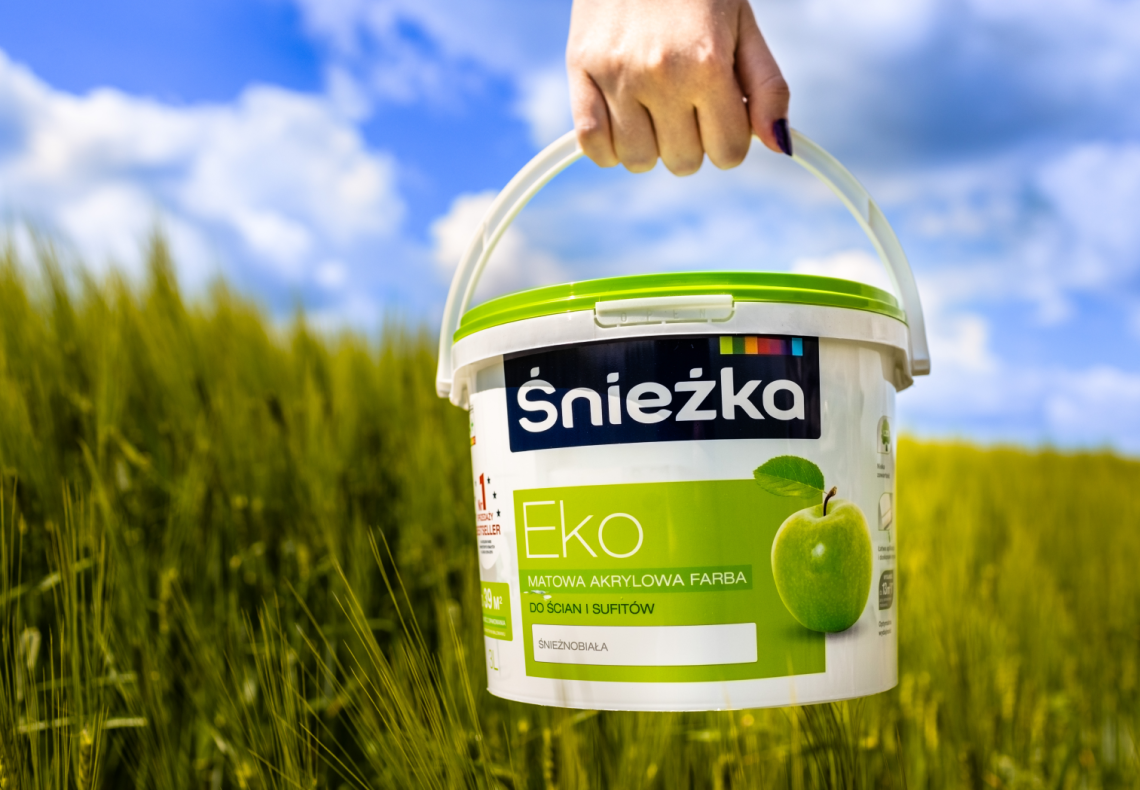safety of raw materials used for their production
attention to their high quality, safety of use and source of origin,

The procedures implemented in the Śnieżka Group’s production facilities ensure oversight over the properties of raw materials and products. In accordance with the requirements of the EU regulation on the safe use of chemicals REACH, the Group also carries out regular compliance assessments, employee exposure controls and environmental impact checks for each product. The results are recorded.
safety of raw materials used for their production
attention to their high quality, safety of use and source of origin,
safety of the production process
the influence of the recipe composition on the safe production process, particularly on the safety of employees directly involved in the process,
safety of storage and transport of the product
maintaining the product’s features and quality during the declared shelf-life in an original packing, as well as minimizing the risks that may occur at this stage,
application safety and environmental impact of the product
application safety and environmental impact of the product.

Production safety issues in the Śnieżka Group are strictly regulated in the following documents: Procedure for introducing new/modified products, Procedure for managing production process, Procedure of product monitoring, Procedure for handling non-compliance.